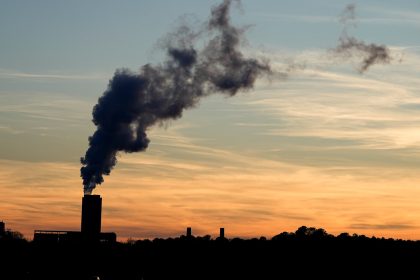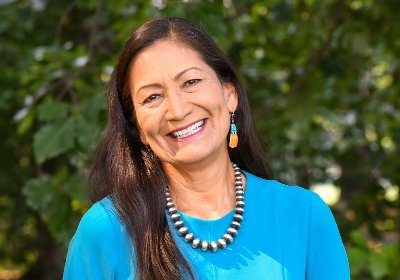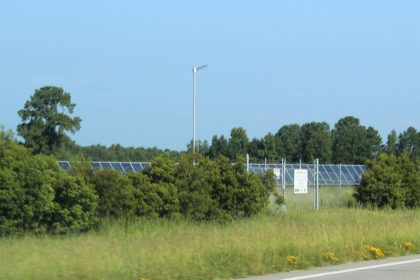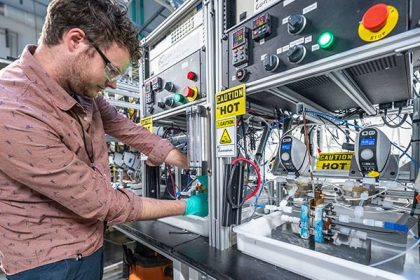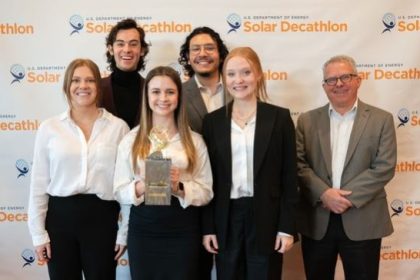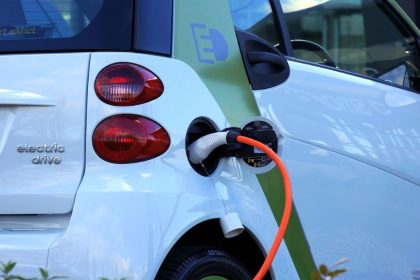White House Opens Pacific Coast to Commercial-Scale Wind Farm Development
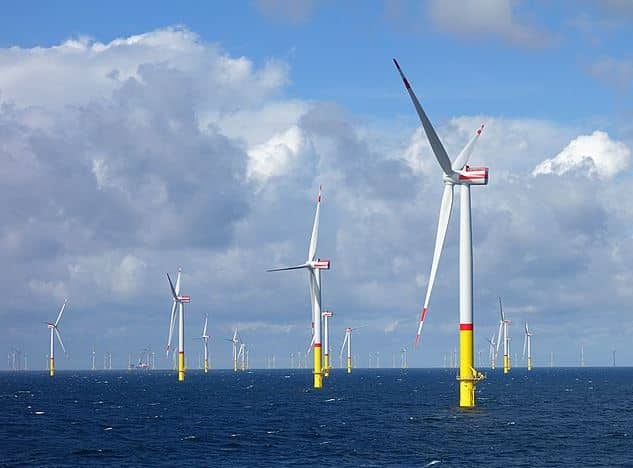
The Biden administration is opening up the northern and central coasts of California to the first commercial scale offshore wind farm projects in the region.
The first location, called the Morro Bay 399 Area, is roughly 400 square miles off California’s central coast region, and the administration believes it will support as much as three gigawatts of offshore wind development.
The Interior Department is also advancing the Humboldt Call Area, about 30 nautical miles west of Humboldt Bay, as a potential wind energy site located off northern California.
These initial areas for offshore wind development in the Pacific Ocean could bring up to 4.6 GW of clean energy to the grid, enough to power 1.6 million American homes.
As part of the agreement, the Department of the Interior’s Bureau of Ocean Energy Management plans to offer a lease sale as early as 2022.
Tuesday’s announcement follows the administration’s approval of the first major offshore wind project in U.S waters advancing the construction and operation of the Vineyard Wind project in Massachusetts.
During a conference call with reporters Tuesday afternoon, Interior Secretary Deb Haaland said the announcement reflected months of “active engagement and dedication between partners who are committed to advancing a clean energy future.”
“The offshore wind industry has the potential to create tens of thousands of good-paying union jobs across the nation, while combating the negative effects of climate change,” she said, predicting the build out of the two sites will pay benefits, in terms of job creation and a greener economy, for years to come.
Calif. Gov. Gavin Newsom, who was also on the call, said developing offshore wind energy off the Pacific coast “could be a game changer to achieving California’s clean energy goals and addressing climate change — all while bolstering the economy and creating new jobs.”
“This announcement, which could provide clean power for up to 1.6 million homes over the next decade, represents the innovative approach we need for a clean energy economy that protects the coasts, fisheries, marine life, and tribal, and cultural resources we value so much as Californians,” he said.
The future projects also have something of a “moonshot” quality about them as they’ll require the United States to take the lead in offshore wind energy technology.
That’s because the outer continental shelf falls away much more quickly into much deeper waters in the Pacific than it does in the Atlantic Ocean.
As a result, the project developers will rely on new floating offshore wind technology to bring the wind farms to fruition.
To date, the Energy Department, through its Office of Energy Efficiency and Renewable Energy and ARPA-E have invested more than $100 million in researching, developing, and demonstrating the floating wind energy technology.
National Climate Advisor Gina McCarthy said the effort demonstrates a “whole of government approach to fulfilling President Biden’s goal of deploying 30 gigawatts of offshore wind by 2030.”
“It shows the U.S. can smartly develop our nation’s world-class offshore wind energy resources, deploy new technologies that our government has helped to advance, and create thousands of good-paying, union jobs – all in the service of combating the climate crisis,” she said.
Critical to the venture was the role played by the Defense Department, which engages in significant testing, training and operations off the California coast that are essential to national security
Both it and the Interior Department have agreed to work closely together to ensure the long-term protection of military testing, training and operations, while also advancing new domestic clean energy resources.
“Tackling the climate crisis is a national security imperative and the Defense Department is proud to have played a role in this important effort,” said Under Secretary of Defense for Policy Dr. Colin Kahl.
“The Defense Department is committed to working across the U.S. government to find solutions that support renewable energy in a manner compatible with essential military operations,” Kahl said. “Throughout this effort, the Defense Department has worked tirelessly with the White House, the Department of the Interior, and the State of California to find solutions that enable offshore wind development while ensuring long-term protection for testing, training, and operations critical to our military readiness.”
“I believe that a clean energy future is within our grasp in the United States, but it will take all of us and the best available science to make it happen,” Haaland said. “America can be a leader in developing a robust and sustainable clean energy economy. And we can do it while lifting up communities everywhere with good paying jobs. “
Next up for the government partners is a virtual meeting scheduled for June 24, with the California Intergovernmental Renewable Energy Task Force.
Haaland said the group will discuss the areas about to be opened to future leasing and the leasing project itself going forward. Following the task force meeting, the areas can be finalized and undergo environmental analysis.
“We’re very excited about the possibilities that could result from this collaboration,” Haaland said.

















